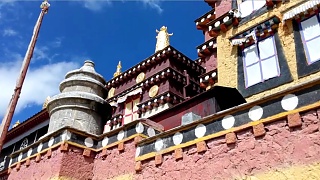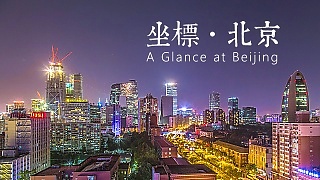Bonus films on geopolitics with The New Atlas - Brian Berletic and Angelo Giuliano ...
Related Videos
Featured Videos

|
With Gregor Brown ...
|

|
With Walk East ...
Bonus films - WuHan shopping streets ...
Ancient music show in Yellow Crane Pagoda ...
WuHan city night walk ...
|

|
Because health is the foundation for everything else.
With Dr. Sten Ekberg ...
|

|
With Wild Girl ...
|

|
XiāngGéLǐLā, north west YunNan province, near the Tibetan Plateau. Film crew from TaiWan.
With wonderful ethereal / spiritual music. Don't miss it ...
|

|
With JHMedium ...
Bonus film - cycling by the lake : with Yin's Eye ...
XiZhou - with Wander in ChengDu ...
ShuangLang ancient town - with Noah Kartha ...
|

|
With Travel East ...
|

|
With Anyu Xu ...
|
 Jeffrey Sachs, Scott Ritter, Brian Berletic and Angelo Giuliano on Ukraine, XinJiang, Tibet and more
Jeffrey Sachs, Scott Ritter, Brian Berletic and Angelo Giuliano on Ukraine, XinJiang, Tibet and more


























